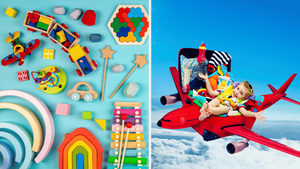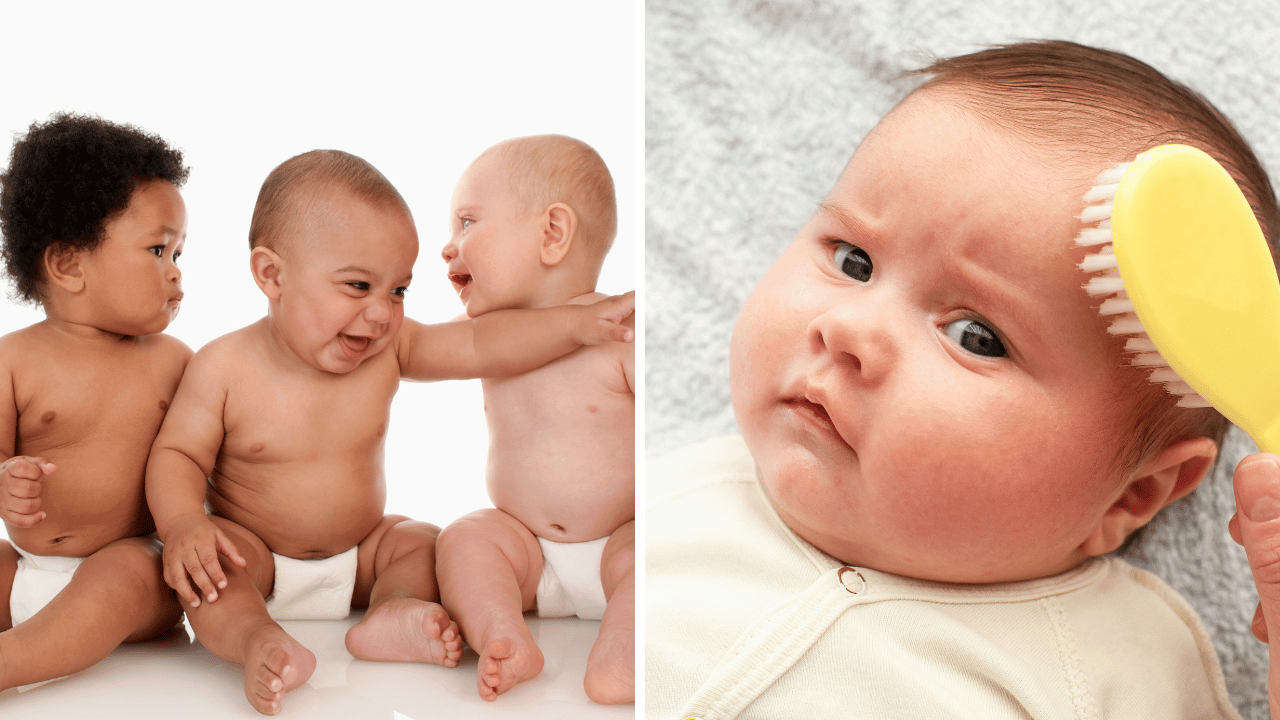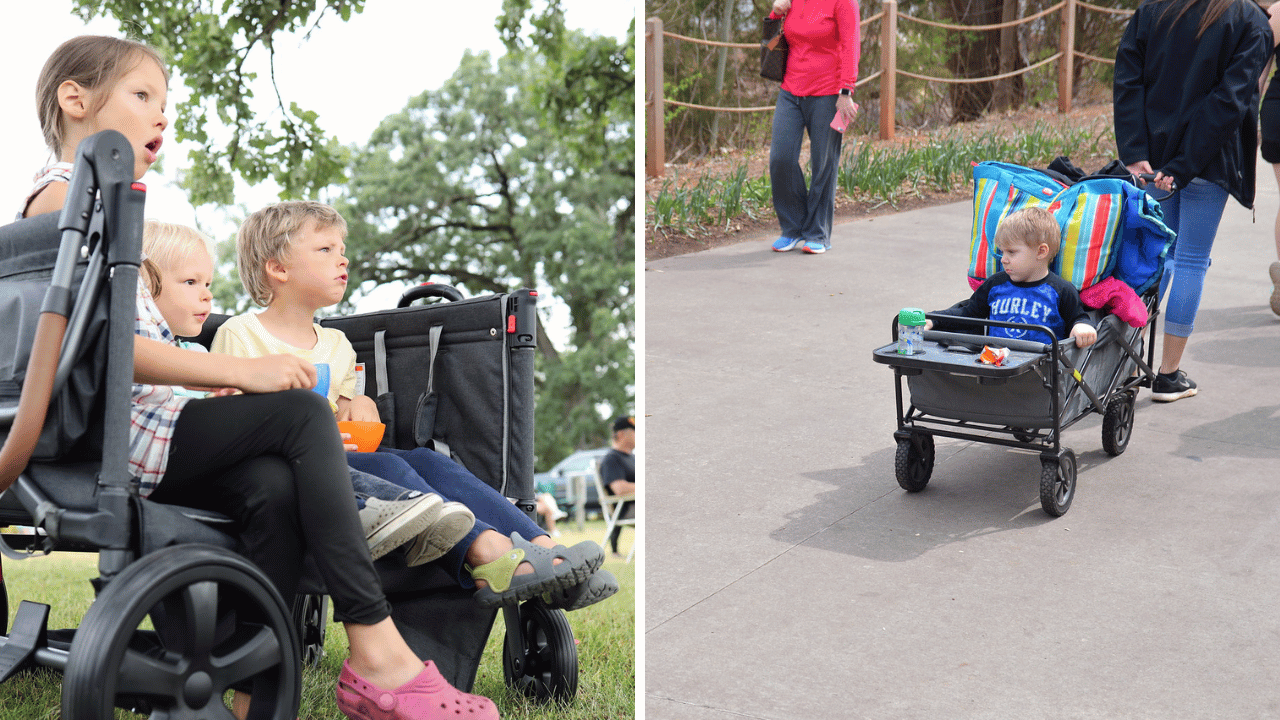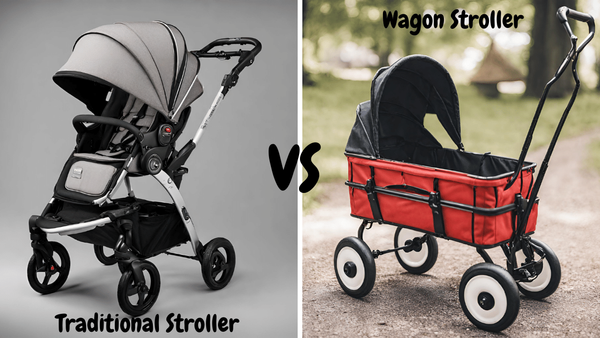Soft and cuddly toys have been an essential part of childhood for generations. Sure, they may just seem like fluffy ornaments taking up precious space in a child's room, but these stuffed characters can play an important role in promoting a healthy attachment with the child while aiding their emotional development.
From babies to toddlers and beyond, having soft toys around can provide comfort and companionship that is especially valuable during times of distress or high emotion. So let us go on our journey exploring this topic further; from the basic rationale behind using such items for children through to some recommended favorite choices.
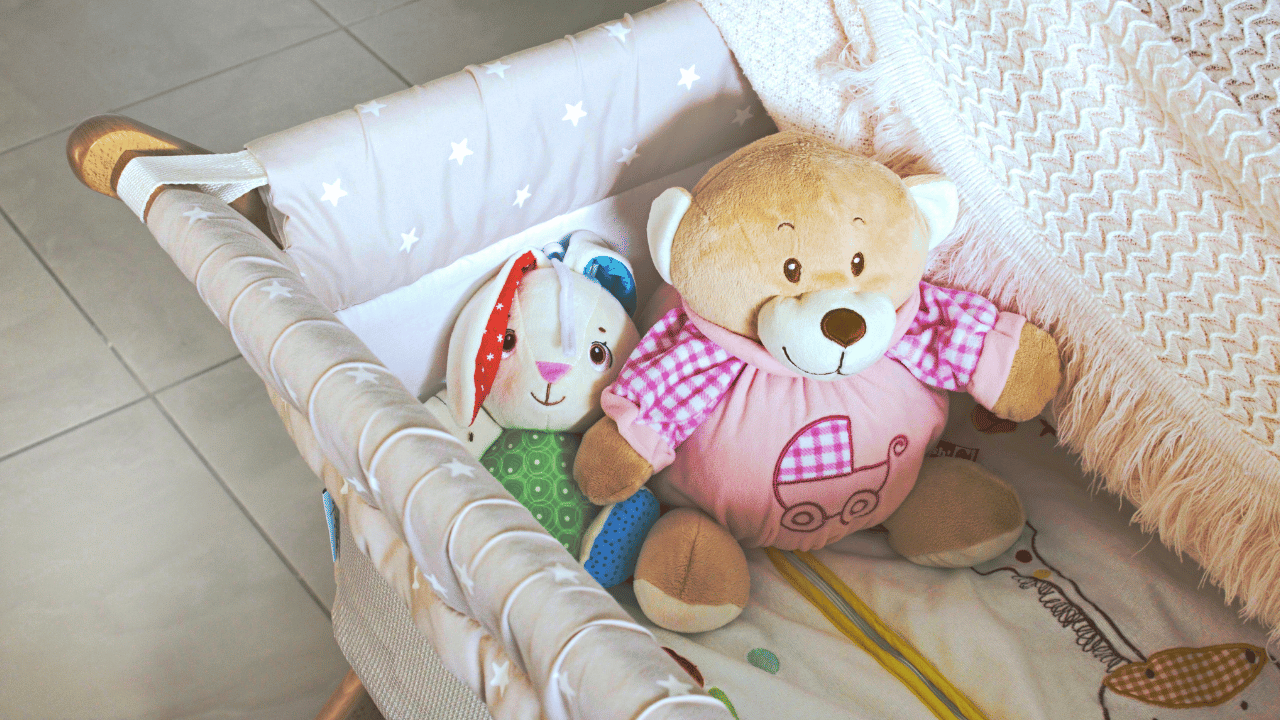
Understanding the Role of Soft Toys in Developing Healthy Attachment
The theory of attachment highlights the importance of a secure bond between parent and child, providing the opportunity for children to feel loved, nurtured and safe. Soft and cuddly toys can be integral in helping achieve this kind of connection. As babies develop, they come to associate certain items with comfort - like their favorite blanket or teddy bear - which can act as transitional objects that help them to feel secure.
This then carries on as they get older and have more awareness of themselves and their needs, leading to fewer tantrums or periods of distress due to the comforting presence of a soft toy which can be a valuable companion in times of need.
Plus, having a soft toy to talk to or share experiences with can also help build social skills when it comes to communicating with other people. This could be through role-play activities which might involve pretending that their toy is another person; this allows children to practice conversations and explore different concepts without the worry of 'getting it wrong.'
Reasons Why Soft Toys Can Help Emotional Development
Emotional development is an integral part of a child's growth and can often be nurtured through the presence of soft toys. This could be because when they are feeling upset, it is easier to express their feelings out loud without judgement or worry that someone will make fun of them if they cry or get angry.
Soft toys also provide children with something to talk to or hug, allowing them to process their emotions in a safe and secure environment. Having the physical presence of a comforting toy nearby can also help make children feel less overwhelmed if they are feeling anxious, scared or lonely.
In addition, through activities such as imaginative play with soft toys, children can explore different emotions and learn more about themselves in a fun and creative way. This can also help build their self-confidence and allow them to practice problem solving skills without the fear of failure.
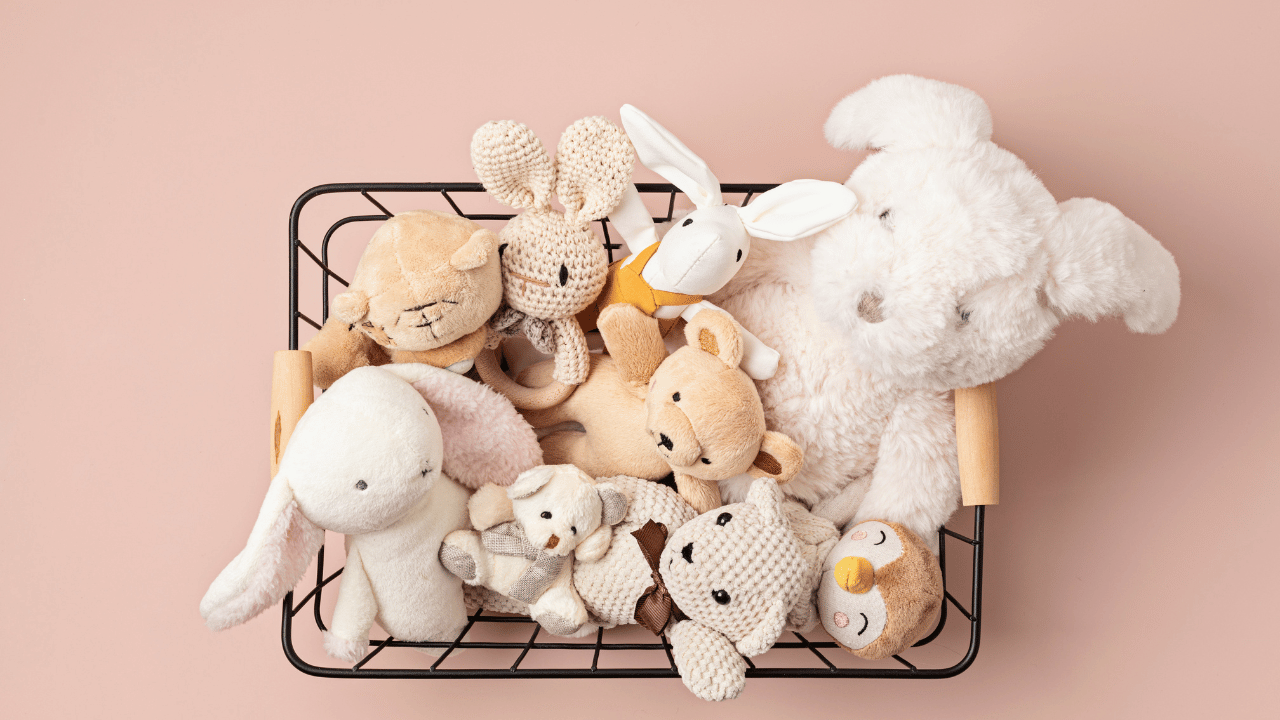
Tips for Choosing Appropriate Soft Toys
When it comes to selecting appropriate soft toys for your children, always look for something that is safe and age-appropriate. For babies, choose plush materials in bright colors that are non-toxic and easy to wash. As they get older, you can introduce more detailed characters such as animals or dolls which offer more opportunities for imaginative play.
In addition, it's important to be aware of the fact that some toys may have small parts which can be a choking hazard for young children. Always look out for labels like 'ages 3+' or 'not suitable for children under 36 months' so you know your child is safe and secure.
Finally, try to pick something that reflects the interests of your child; something that they are passionate about and enjoy playing with. This could be anything from a unicorn to a dinosaur or even just their favorite color; it's important to select toys which your child is actually interested in.
How to Introduce Soft Toy Playtime Activities
When it comes to introducing soft toys and playtime activities, you need to be mindful of your child's age. With babies, keep things simple; put a few soft toys on their bed or give them an old t-shirt that smells like you to hold while they sleep. These can act as transitional objects that make them feel secure during the night.
For older children, try to encourage imaginative play by acting out stories or role-play activities. You can also introduce new soft toys as part of their routine; for example, you could read bedtime stories with a toy bear or do puzzles and coloring activities with a favorite stuffed character. This will help them get used to the idea of having their own cuddly companions with them at all times.
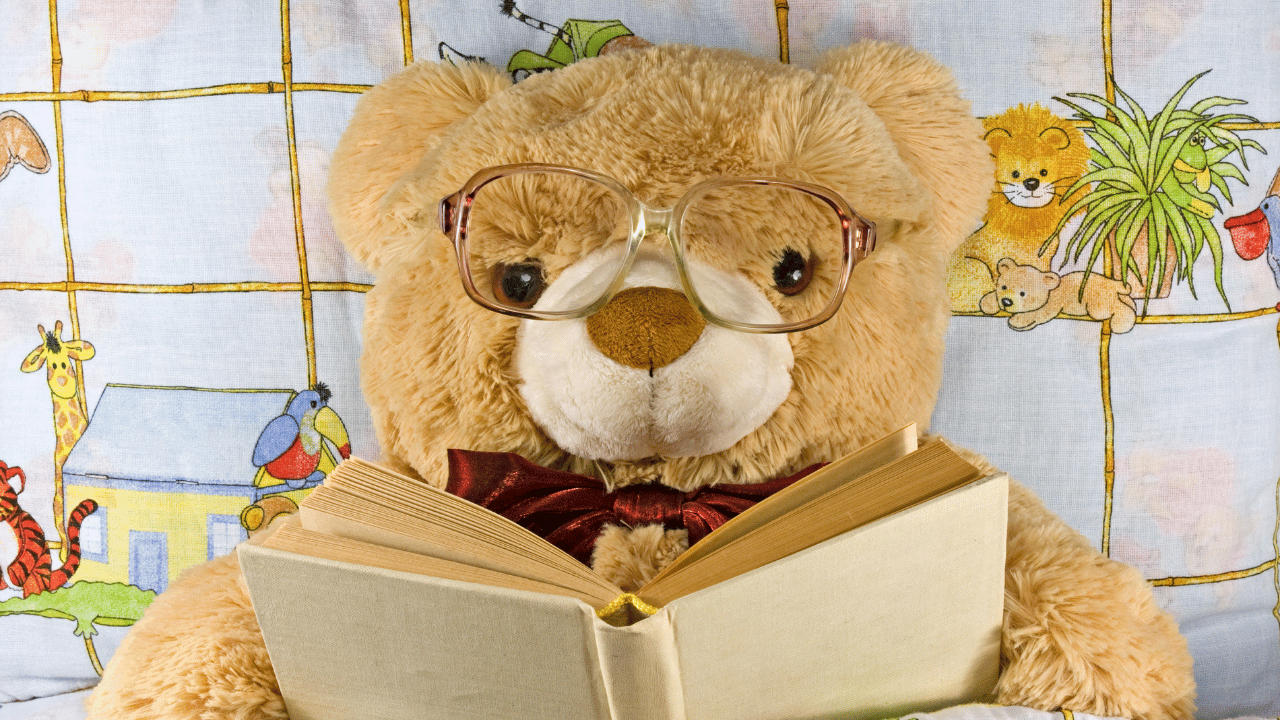
Recommended Soft Toy Options for Different Age Groups
When it comes to choosing the right soft toy for your child, there are lots of options available. Here are some recommendations based on age group:
Babies (0 - 12 Months): Soft and snuggly blankets with fun patterns or shapes, rattles made from safe materials such as fabric or wood, and plush characters which babies can hold onto and chew on.
Toddlers (1 - 3 Years): Classic teddy bears, soft dolls and other characters like bunnies or dogs that kids can hug and cuddle, plus a range of interactive toys such as musical instruments or puzzles which help to stimulate their minds.
Preschoolers (3 - 5 Years): Many of the same options as toddlers but with the addition of more detailed characters such as dinosaurs or princesses, plus larger soft toys that children can cuddle up to in bed.
Overall, having a selection of soft and cuddly toys around for your child can provide important comfort and companionship while helping them learn about attachment and emotional development.
Benefits of Buying Soft Toys from Ethical Sources
When buying soft toys for children, it is important to make sure that they come from ethical sources. This means looking for companies who use sustainable materials and production methods, as well as those who are committed to giving back to the community - whether through charity donations or other socially responsible initiatives.
Not only does this ensure that the toys you buy are safe and made with the best materials, but it also helps to support ethical businesses who are making a positive impact on people's lives. Doing this is not only beneficial for children, but it also helps to spread awareness of important issues and support those in need at the same time.
Importance of Soft and Cuddly Toys FAQs
Should I wait until a certain age before introducing soft toys to my child?
It really depends on the individual, but generally speaking babies will benefit most from soft toys from around 3 months onwards. This is because they are better able to focus their eyesight and respond to different patterns, shapes and textures. For older children, it's best to introduce them gradually so that they can get used to the idea of having cuddly companions around them.
What are some signs that my child is ready for soft toys?
Some signs that your child might be ready for soft toys include smiling when looking at colorful objects, reaching and grabbing things with their hands, and beginning to babble or imitate sounds. These are all indicators that your child is ready to explore the world around them and start interacting with their environment.
What should I keep in mind when selecting soft toys?
When it comes to selecting appropriate soft toys for your children, always look for something that is safe and age-appropriate. Make sure to check labels like 'ages 3+' or 'not suitable for children under 36 months' to ensure your child is safe and secure. It's also important to look for toys that reflect their interests, so they will actually enjoy playing with them. Finally, try to buy from ethical sources who use sustainable materials and production methods.
Final Thoughts
Soft and cuddly toys are integral to children's emotional growth, yet they offer benefits to adults too. They can be a way for parents to bond with their child, a tool for comfort when needed, or simply a source of joy. Whether bought from the store or lovingly crafted at home, these plush companions can permanently bond with their owners, becoming symbols of stability in an ever-changing world.
As with any toy, the need for create safety guidelines should never be disregarded. Soft toys may not appear necessary on the surface, yet they embody the core elements of what make us human: attachment and love; being cherished by someone special who is there through thick and thin; forever by your side when times get tough.



